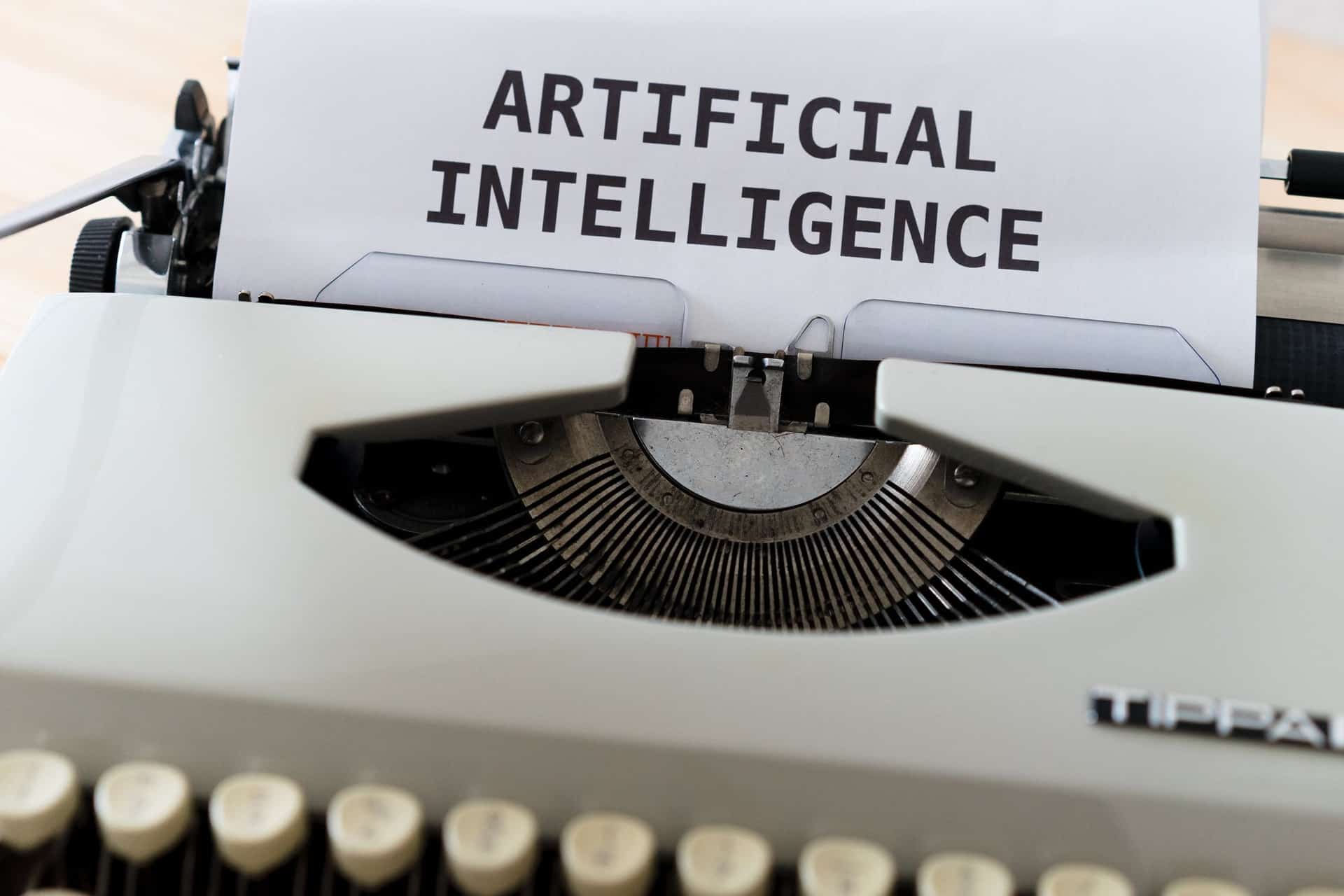

Part of the practical, highly illustrated Operative Techniques series, this fully revised book from Drs. This book is an essential read for every 21st century marketer. BMC Med 2019 17:143.It also explores the inevitable myths, concerns and ethical questions that can arise from the large-scale adoption of AI. Beyond the hype of big data and artificial intelligence: building foundations for knowledge and wisdom. BMJ Open 2019 9:e025925.Ĭar J, Sheikh A, Wicks P, Williams MS. Towards a decision support tool for intensive care discharge: machine learning algorithm development using electronic healthcare data from MIMIC-III and Bristol, UK. McWilliams CJ, Lawson DJ, Santos-Rodriguez R, et al. Impact of a clinical decision rule on hospital triage of patients with suspected acute cardiac ischemia in the emergency department. Prediction of the need for intensive care in patients who come to emergency departments with acute chest pain.


Goldman L, Cook EF, Johnson PA, Brand DA, Rouan GW, Lee TH. Machine learning, predictive analytics, and clinical practice: can the past inform the present? JAMA 2019 November 22. DOI: 10.1302/2058-5292.Īrtificial intelligence computer vision data-driven medicine machine learning orthopaedic surgery orthopaedic trauma personalized medicine prediction tools. 'If the computer takes over the simple stuff, doctors will have more time again to practice the art of medicine'. Artificial Intelligence (AI) in general, and Machine Learning (ML)-based applications in particular, have the potential to change the scope of healthcare, including orthopaedic surgery.The greatest benefit of ML is in its ability to learn from real-world clinical use and experience, and thereby its capability to improve its own performance.Many successful applications are known in orthopaedics, but have yet to be adopted and evaluated for accuracy and efficacy in patients' care and doctors' workflows.The recent hype around AI triggered hope for development of better risk stratification tools to personalize orthopaedics in all subsequent steps of care, from diagnosis to treatment.Computer vision applications for fracture recognition show promising results to support decision-making, overcome bias, process high-volume workloads without fatigue, and hold the promise of even outperforming doctors in certain tasks.In the near future, AI-derived applications are very likely to assist orthopaedic surgeons rather than replace us.


 0 kommentar(er)
0 kommentar(er)
